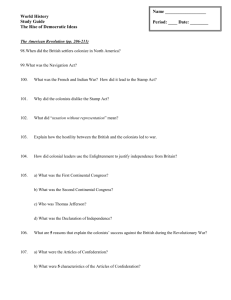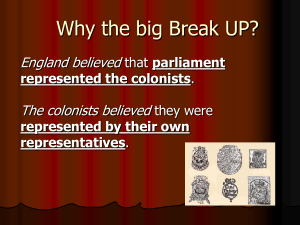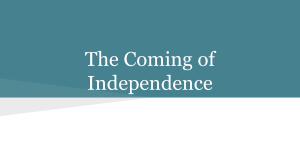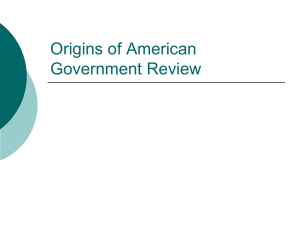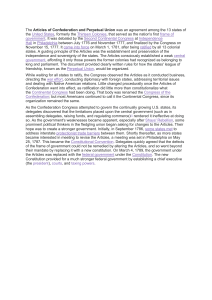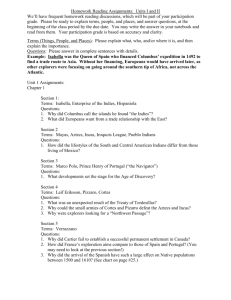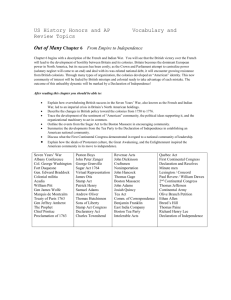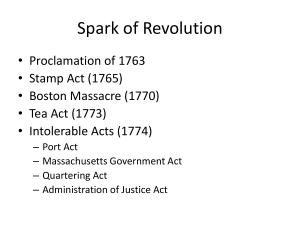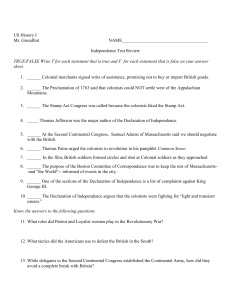America`s Political Heritage (Chapter 4) Exam Study Guide
advertisement
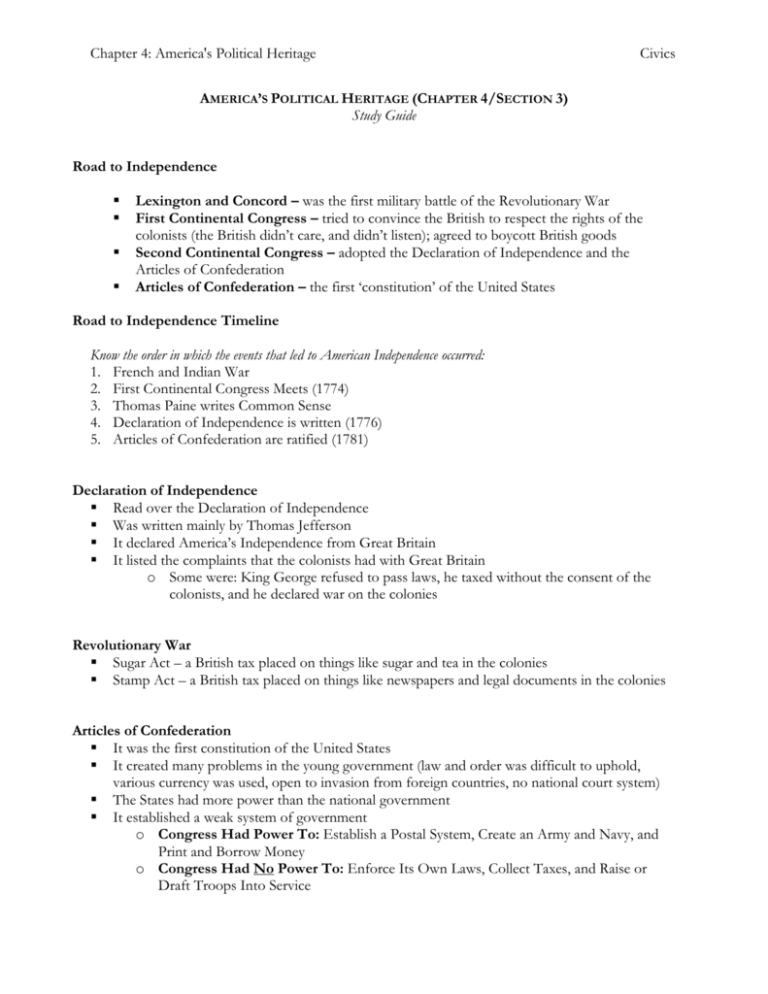
Chapter 4: America's Political Heritage Civics AMERICA’S POLITICAL HERITAGE (CHAPTER 4/SECTION 3) Study Guide Road to Independence Lexington and Concord – was the first military battle of the Revolutionary War First Continental Congress – tried to convince the British to respect the rights of the colonists (the British didn’t care, and didn’t listen); agreed to boycott British goods Second Continental Congress – adopted the Declaration of Independence and the Articles of Confederation Articles of Confederation – the first ‘constitution’ of the United States Road to Independence Timeline Know the order in which the events that led to American Independence occurred: 1. French and Indian War 2. First Continental Congress Meets (1774) 3. Thomas Paine writes Common Sense 4. Declaration of Independence is written (1776) 5. Articles of Confederation are ratified (1781) Declaration of Independence Read over the Declaration of Independence Was written mainly by Thomas Jefferson It declared America’s Independence from Great Britain It listed the complaints that the colonists had with Great Britain o Some were: King George refused to pass laws, he taxed without the consent of the colonists, and he declared war on the colonies Revolutionary War Sugar Act – a British tax placed on things like sugar and tea in the colonies Stamp Act – a British tax placed on things like newspapers and legal documents in the colonies Articles of Confederation It was the first constitution of the United States It created many problems in the young government (law and order was difficult to uphold, various currency was used, open to invasion from foreign countries, no national court system) The States had more power than the national government It established a weak system of government o Congress Had Power To: Establish a Postal System, Create an Army and Navy, and Print and Borrow Money o Congress Had No Power To: Enforce Its Own Laws, Collect Taxes, and Raise or Draft Troops Into Service


